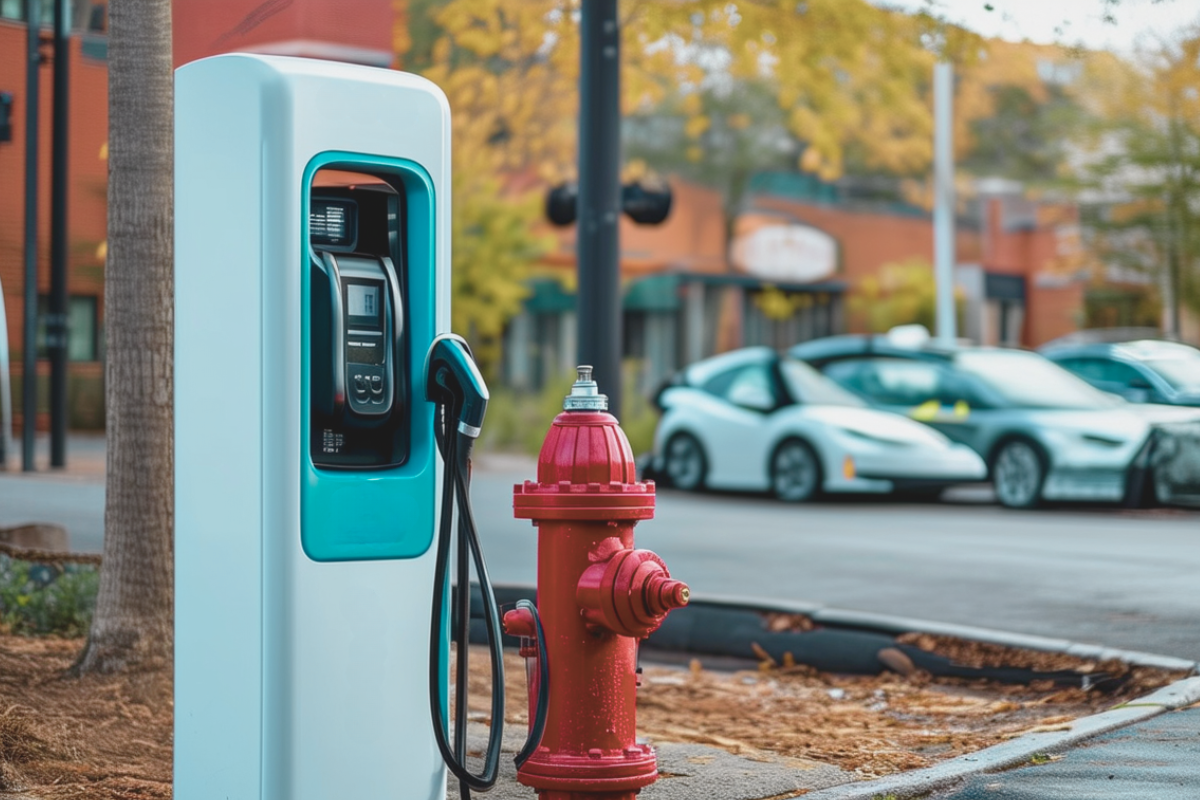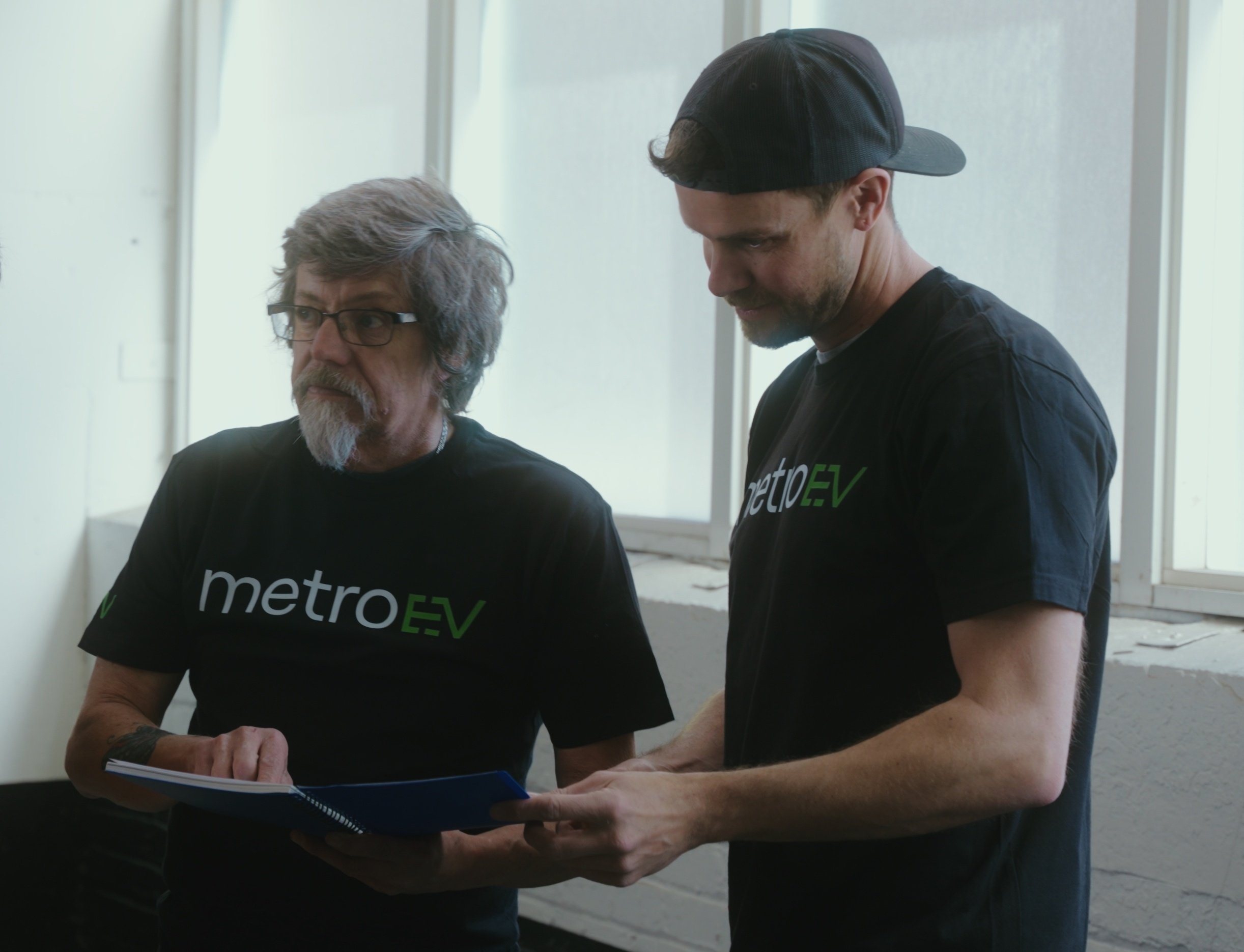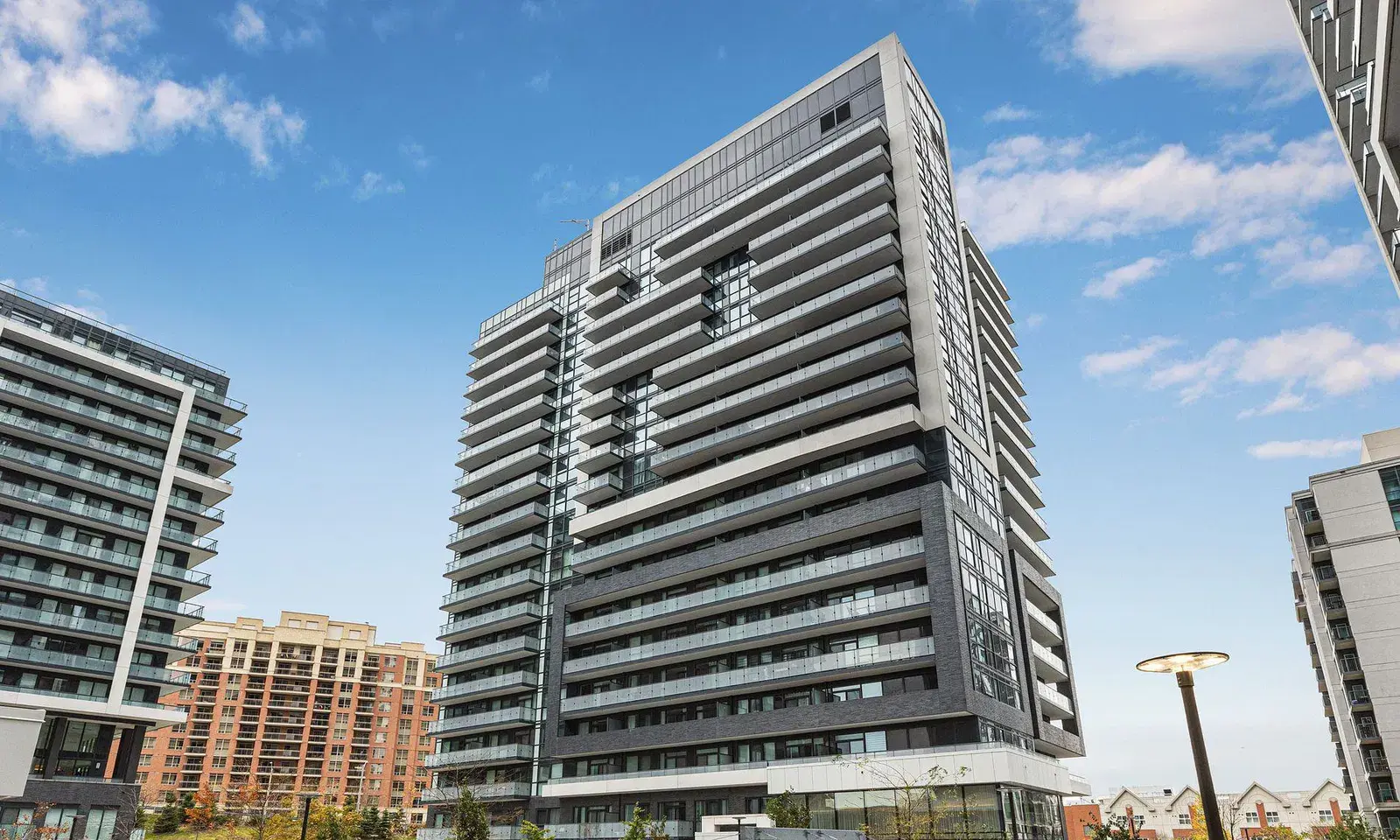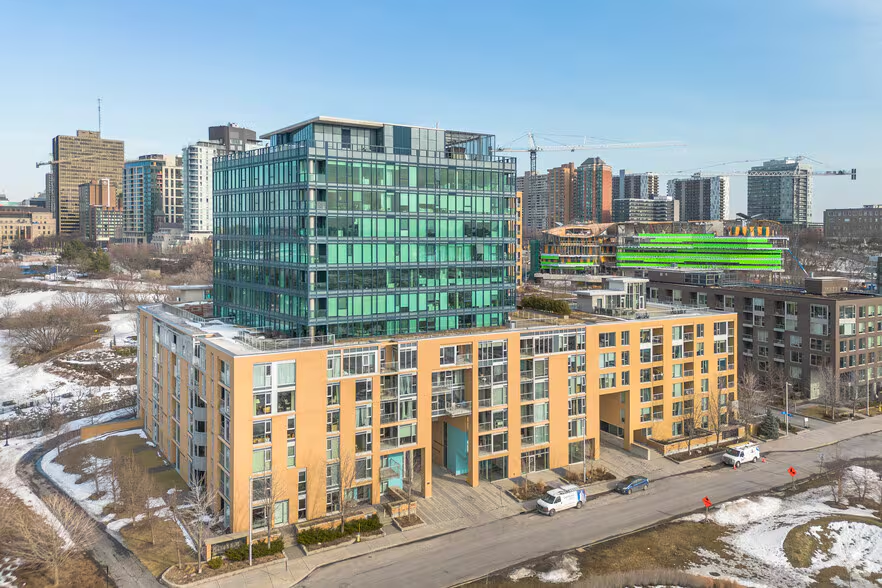As electric vehicles (EVs) become more mainstream, the need for faster and more efficient charging infrastructure continues to grow, especially in commercial and public settings with high traffic. While many EV drivers are familiar with Level 1 and Level 2 charging, Level 3 EV chargers, also known as DC fast chargers, offer a completely different experience.
This guide breaks down what they are, how they work, where they’re used, and what you need to know if you're planning to install one.
What is a Level 3 EV charger?
A Level 3 EV charger, also known as a DC fast charger, is the fastest type of electric vehicle charger available today. Unlike Level 1 and Level 2 chargers, which use alternating current (AC) and rely on the vehicle’s onboard charger to convert that energy into usable battery power, Level 3 chargers deliver direct current (DC) straight to the battery.

This direct transfer of power dramatically reduces charging time, making Level 3 ideal for high-traffic, commercial, or fleet environments where quick turnaround is essential.
How does a Level 3 EV charger work?
Level 3 EV chargers bypass the vehicle's onboard charging system by supplying high-voltage DC electricity directly to the battery. Learn more about the difference between AC and DC charging in different EV charger types.
This allows for:
- Faster energy transfer, since there’s no need for onboard AC-to-DC conversion
- Higher power output, typically ranging from 60kW to 180kW or more
- Shorter charging times, with most EVs reaching 80% charge in 20 to 40 minutes
However, this speed requires extensive electrical infrastructure and planning due to its high power demand.
The difference between AC and DC charging
Most EV chargers use either AC or DC charging. AC charging is converted by the car’s onboard charger into DC to charge the battery. This process limits charging speed. DC fast charging sends power directly to the battery, bypassing the car’s onboard conversion system and enabling ultra-fast charging.
Learn more about EV charger types and the difference between AC and DC charging.
EV charging levels: A quick comparison
Before diving deeper into Level 3, here’s how it compares to the other EV charging levels.
| Charging Level | Power Source | Charging Time | Use Case |
| Level 1 | 120V AC (standard outlet) | 8–20+ hours for full charge | Home charging (basic/overnight) |
| Level 2 | 240V AC | 4–10 hours for full charge | Homes, condos, workplaces, public |
| Level 3 | 400V–1000V DC | 20–40 minutes to 80% charge | Public, commercial, fleet use |
Learn more about the different EV charger types.
Key features of DC fast chargers
Here’s what you should know about DC fast chargers:
- Ultra-fast Charging: Most EVs can be charged up to 80% in just 20–40 minutes, depending on the vehicle and charger capacity.
- High Power Output: These chargers typically range from 60kW to 180kW, with some ultra-fast models reaching over 350kW.
- Connector Types: Level 3 chargers are multi-standard, meaning they support multiple charging connectors, covering a wider range of electric vehicles.
- NEMA 3R Enclosure: The charging port is designed to be installed outdoors with protection from harsh Canadian weather (Ex. Rain, snow, external ice formation)
- Power Management: Advanced load management features allow site operators to distribute power efficiently across multiple chargers, avoiding expensive utility upgrades or peak demand charges.
- OCPP Compliant: Modern DC fast chargers are OCPP (Open Charge Point Protocol) compliant, enabling compatibility with non-proprietary software platforms for flexibility and scalability.
How much does installing a Level 3 charger cost?
Level 3 EV chargers offer powerful performance, but they also come with higher upfront and ongoing costs compared to Level 1 and 2 chargers. These costs can vary significantly based on site conditions, available electrical infrastructure, and the charging capacity you choose.

Typical Level 3 EV Charger Cost Ranges:
- Level 3 Charger Hardware: $25,000 to $120,000+ per unit, depending on the kW rating, connector types, cable types (ex. liquid-cooled vs. air-cooled cables), and other specifications.
- Electrical Infrastructure: Level 3 chargers require 480V, which means most buildings will need to install a transformer to convert existing voltage. You may also need to upgrade panels, breakers, and other components to handle the higher load. Transformer and electrical prep work typically cost between $20,000 and $50,000, depending on the existing electrical capacity at your site.
- Excavation and Trenching: If power needs to be run over a distance, especially between electrical rooms and outdoor charger locations, trenching or excavation may be required. Indoor vs. outdoor placement, concrete vs. asphalt, and site layout all factor into this cost.
- Installation: Installation costs are highly variable and depend heavily on existing site conditions such as available power, distance to electrical rooms, trenching requirements, and panel capacity. A site assessment is typically required to determine a realistic estimate. Installation costs generally range from $20,000 to $80,000.
- Utility Upgrades: In some cases, the site’s existing power supply may be insufficient for fast charging. This may require new service lines from the utility provider, which can add significant cost and extend project timelines.
- Ongoing Costs: After installation, there are ongoing expenses such as electricity usage, utility demand charges (based on peak load), annual maintenance, software licensing, and networking fees.
Depending on site conditions and charger specifications, the total cost of a Level 3 charger installation can range from $50,000 to over $200,000.
Fortunately, many provinces in Canada offer rebates and incentives that can cover a significant portion of eligible costs. Learn more about EV charger rebates in Canada to see if there are any Level 3 EV charger rebates available in your area.
Get up to 75% off to install public Level 2 and Level 3 EV chargers with the ChargeON Program funding.
contact us
Thinking about installing a Level 3 EV charger? Get a free, custom quote today.
Have questions? Want a quote? Fill out this form and our team will get back to you shortly.
Use cases for Level 3 EV chargers
- Public charging stations and highway rest stops
- Commercial parking lots and shopping malls
- Fleet depots and logistics hubs
- Gas stations and convenience stores
- Municipal or government facilities

These are all environments where EV drivers need to get back on the road quickly when charging overnight is not an option.
Can I install a Level 3 charger in my home?
Level 3 EV chargers are typically not used in residential settings due to their high power requirements and installation costs. Level 3 chargers are generally used in commercial and public settings where fast turnover and accessibility are essential.
Can any EV use a Level 3 / DC fast charger?
Not all EVs are compatible with DC fast charging. While most modern electric vehicles support Level 3 charging, some plug-in hybrids (PHEVs) and older EV models may not.
Most BEVs (Battery Electric Vehicles) like the Tesla Model 3, Hyundai IONIQ 5, and Ford Mustang Mach-E support DC fast charging. Plug-in hybrids (PHEVs) such as the Toyota Prius Prime or Honda Clarity typically do not support Level 3 charging due to smaller battery sizes.
-1.png?width=599&height=337&name=Metro%20EV%20video%20(1)-1.png)
Before installing or using a DC fast charger, always check whether your vehicle, or the vehicles expected to use the charger, support Level 3 charging and which connector type they require.
Level 3 EV Charger Connector Types
There are two types of Level 3 EV charger connectors that are widely used:
| CCS (Combined Charging System): The most common connector used in North America and Europe, compatible with most non-Tesla EVs. | NACS (North American Charging Standard): Originally developed by Tesla and increasingly adopted by other manufacturers, especially in North America. |

|

|
Modern DC fast chargers are typically equipped with either just CCS, or both CCS and NACS connectors, as newer models are increasingly including the NACS connector.
Cable Technology for DC Fast Charging
As EV charging speeds increase, so does the amount of heat generated, especially with Level 3 chargers delivering 150kW to 350kW+ of power. Managing this heat is critical for safety, performance, and usability. That’s where cable cooling technology comes in. To support ultra-fast charging while maintaining safety and usability, many modern Level 3 chargers use liquid-cooled cables.
Key advantages of liquid-cooled cables:
- Lighter, easier-to-use cables: Liquid cooling reduces cable weight by up to 40% compared to air-cooled cables, making it easier for users to handle.
- Higher power capacity: Enables high power charging at 350kW+ without overheating.
Extended equipment lifespan: Prevents heat-related wear on both the cable and charging connector, reducing maintenance needs. - Enhanced safety: Prevents cable surface temperatures from becoming dangerously hot during extended use, especially in public or fleet environments.
As EV batteries, charging infrastructure, and power usage patterns evolve, liquid cooling is becoming the preferred thermal management solution for fast, safe, and scalable DC charging.
Thinking about installing a Level 3 EV charger?
metroEV specializes in turnkey EV charger installations across Canada. We handle everything, from electrical assessments and rebate applications to electrical design, installation, and post-installation support.
We work with commercial landlords, parking operators, developers, and municipalities to make DC fast charging easy, future-ready, and profitable. Contact metroEV to get a customized EV charging quote for your property.
Learn more:
Understanding EV Charging Costs: A Breakdown
Complete Guide to EV Charging Stations and How They Actually Work
Explore:
EV Charging for Businesses
EV Charging for Fleets
EV Charging for Property Developers
EV Charger Rebates in Canada

AUTHOR
Isaac Klein
Isaac Klein, Vice President at metroEV, leads the development and deployment of small to large-scale EV charging solutions and charger networks across condos, commercial and public properties. With deep expertise in EV technology and sustainable infrastructure, Isaac has shaped metroEV into a go-to partner for future-ready charging solutions. He’s known for turning complex projects into streamlined installations—helping buildings and properties across Canada stay ahead of the EV curve.
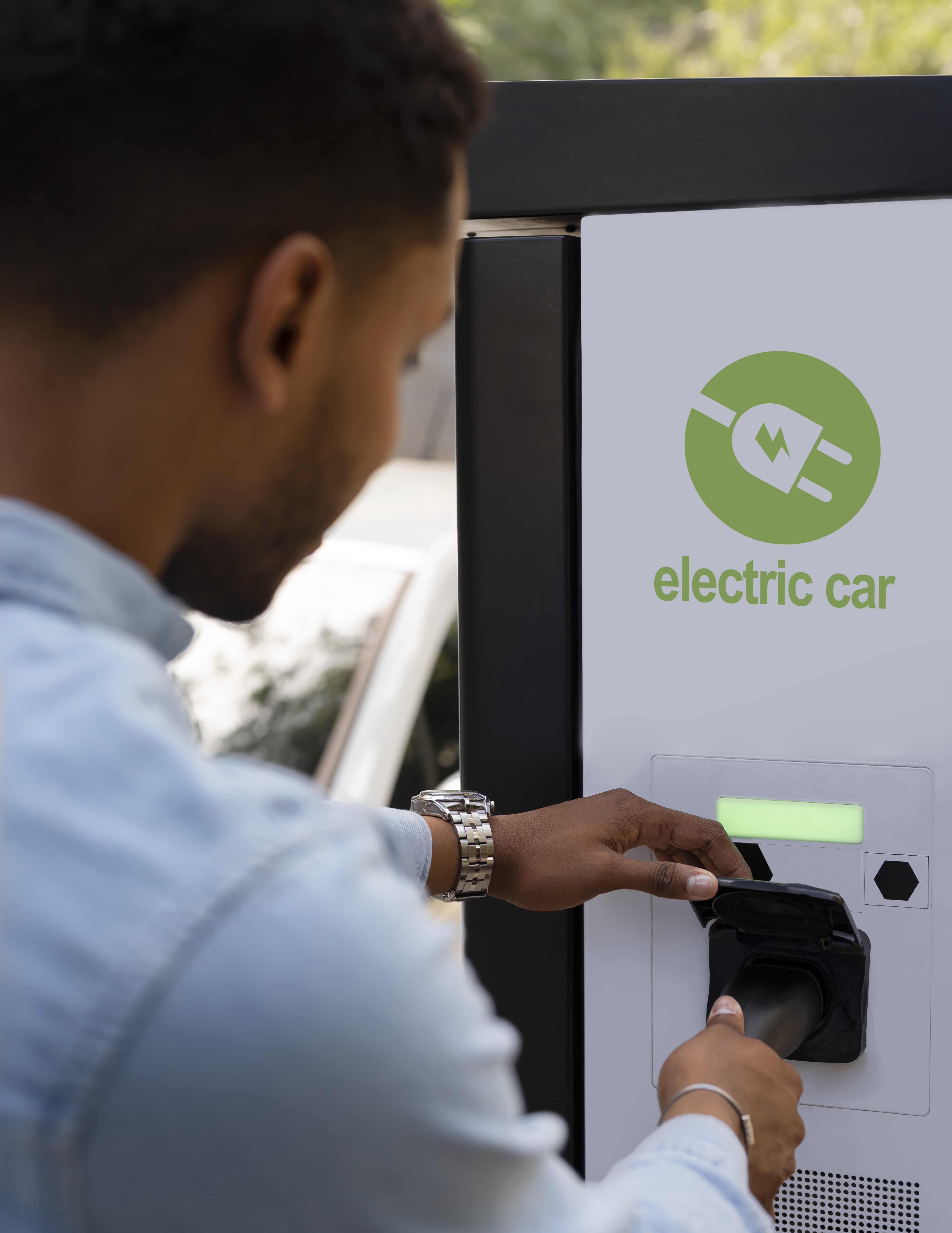
.png)
.png)
